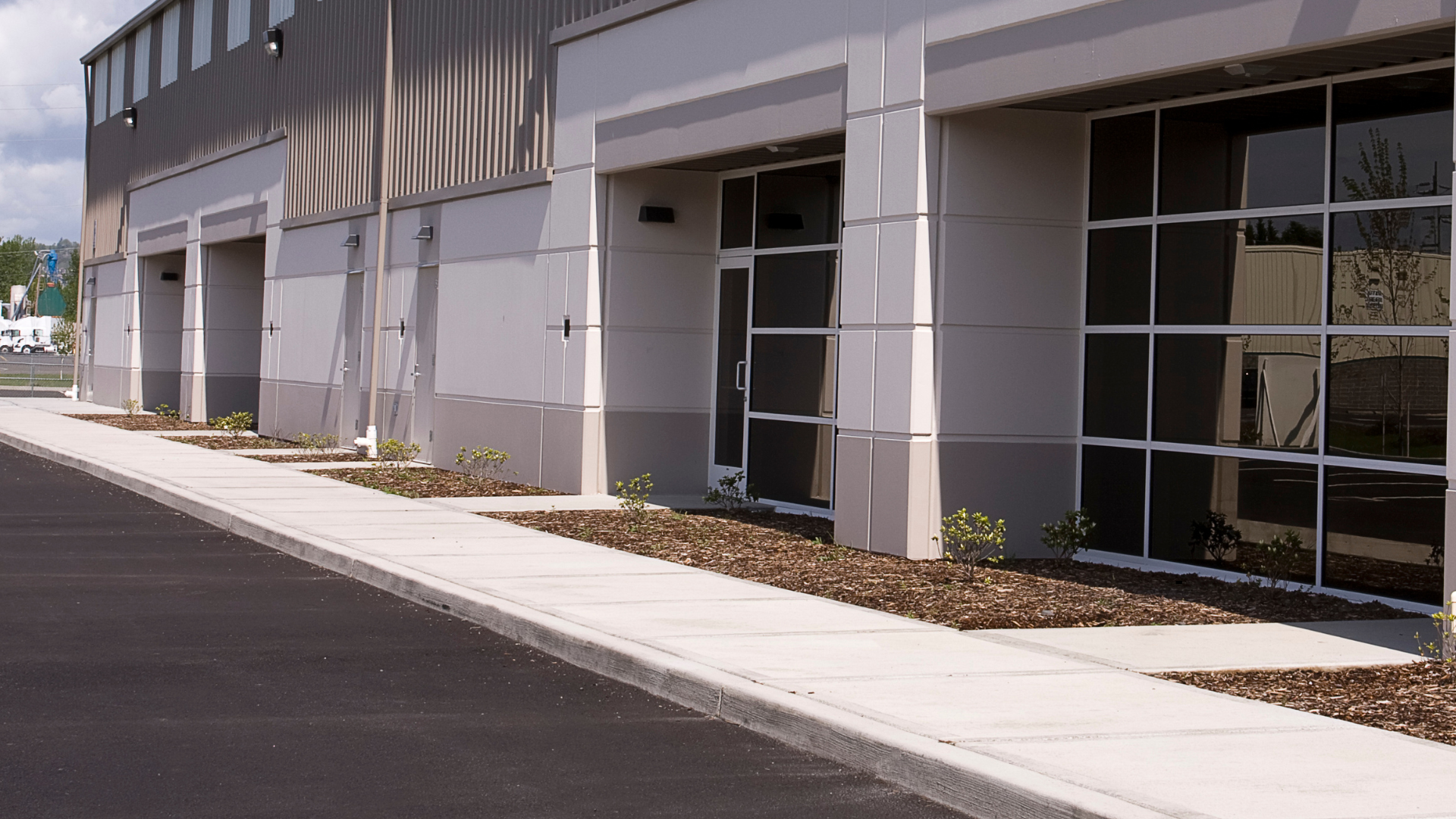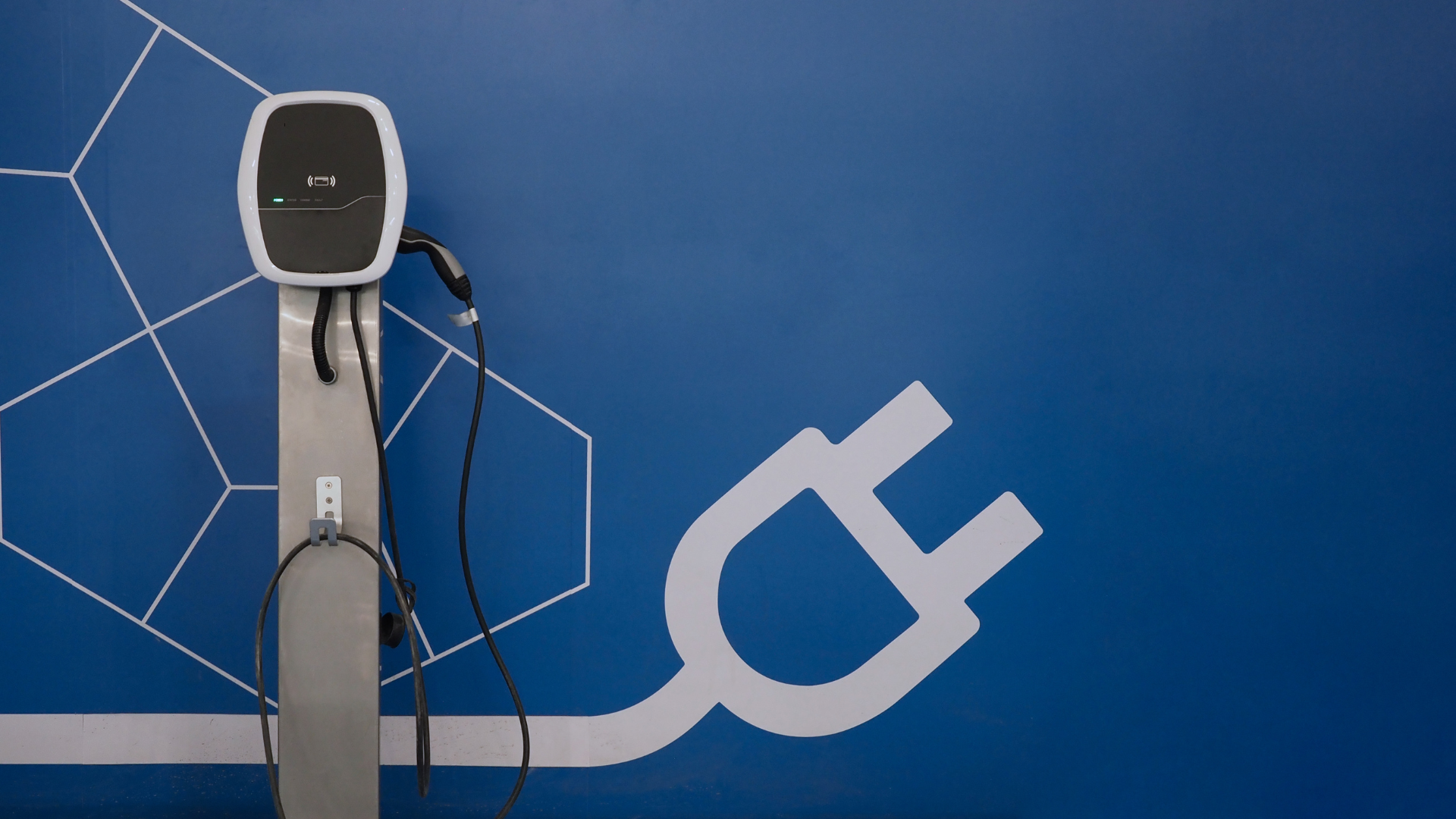Asphalt surfaces, whether they are massive parking lots or winding driveways, play a critical role in the infrastructure of commercial properties. For facility managers and building owners, understanding the progressive nature of water damage to these surfaces is crucial for maintaining the longevity and safety of their investments. This guide explains how water damage evolves on asphalt surfaces and highlights the importance of early intervention.
Recognizing the Early Signs
Initial Water Infiltration
The journey of water damage begins with the initial infiltration. Asphalt, though seemingly waterproof, is vulnerable to the smallest of water intrusions through cracks and crevices. These are often the result of natural wear and tear, changes in temperature, or the mechanical pressure from vehicles.
The Formation of Puddles
As these small openings allow water to penetrate the surface, puddles begin to form, especially in areas where drainage is lacking. Standing water is the first visible sign of potential damage. At this stage, intervention can prevent further deterioration, making it a critical moment for action.
The Escalation Phase
Enlargement of Cracks
If left unaddressed, the water seeps deeper into the asphalt structure, worsening the size and number of cracks. This is due to the freeze-thaw cycle where water expands as it freezes, widening the existing cracks and creating new ones.
Subgrade Damage
Beyond the surface, water damage starts to affect the subgrade, the foundational layer beneath the asphalt. This layer is crucial for the structural integrity of the pavement. Water saturation in the subgrade leads to a loss of support for the asphalt layer, causing it to sink or form depressions.
The Critical Stage: Potholes and Structural Failure
Pothole Formation
The continuous cycle of freezing and thawing eventually leads to the formation of potholes, a clear sign of significant water damage. Potholes pose a safety risk to vehicles and pedestrians and indicate that the surface and subgrade layers are compromised.
Complete Structural Failure
If these issues are not corrected in time, the asphalt surface may reach a point of complete structural failure. This stage involves extensive damage where large sections of the pavement need to be replaced rather than repaired.
Preventing Water Damage
Regular Maintenance and Inspections
Early detection through regular maintenance and inspections is key to preventing water damage from evolving. Facility managers and building owners should schedule routine checks, especially after extreme weather conditions like heavy continuous rainfall.
Professional Repairs and Solutions
At the first sign of water infiltration, professional repairs are vital. Commercial asphalt and paving companies specialize in sealing cracks, improving drainage, and applying sealants to protect against water penetration.
The Role of Technology
Advancements in asphalt technology, including more durable materials and innovative drainage solutions, offer new ways to combat water damage, ensuring that asphalt surfaces remain safe and functional for longer periods.
Protect Your Investment with BRIXCO
Water damage can lead to significant issues for your asphalt, but taking action now can prevent further deterioration. At BRIXCO, we specialize in providing high-quality asphalt maintenance and repair services for commercial and industrial spaces throughout Northern California.
Our expertise ensures your pavement remains in top condition. Reach out to BRIXCO for a professional assessment and tailored solutions that meet your needs and budget.




